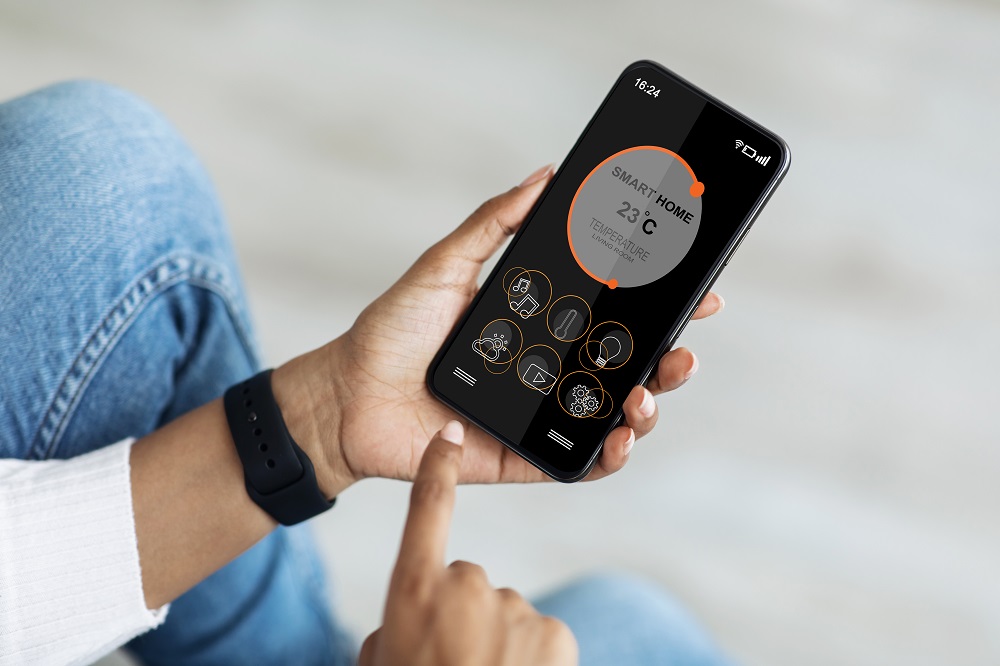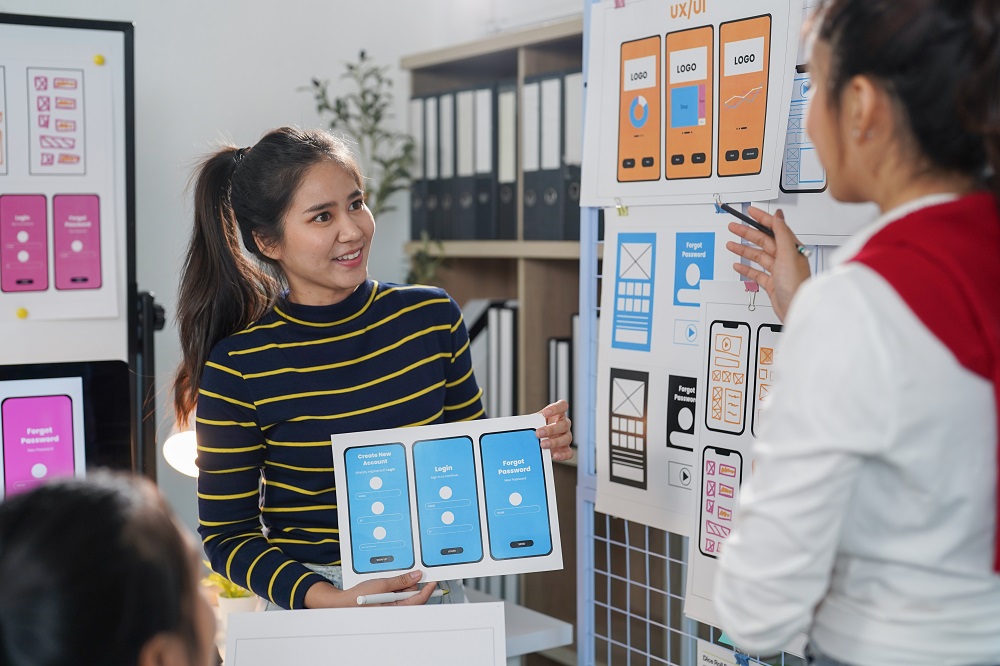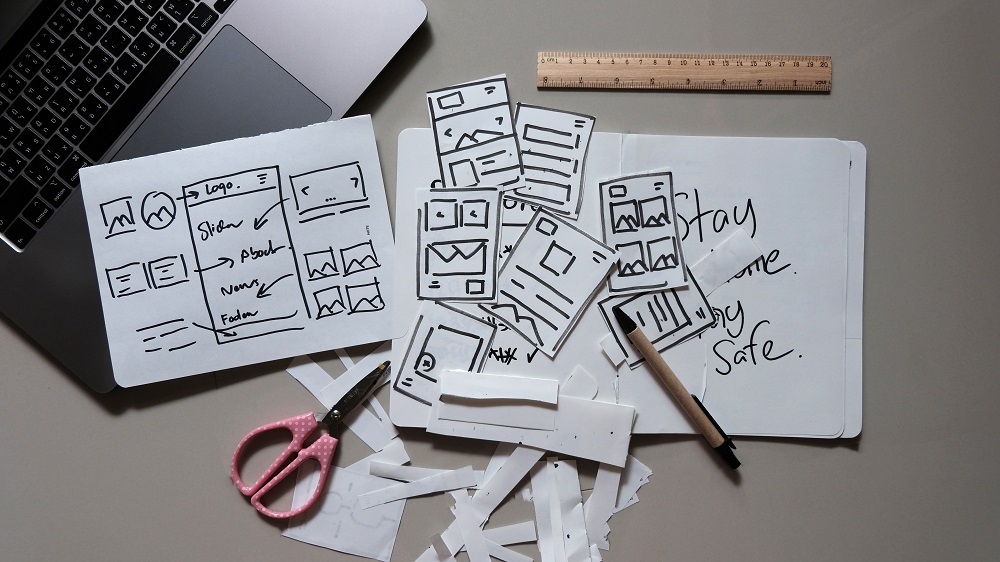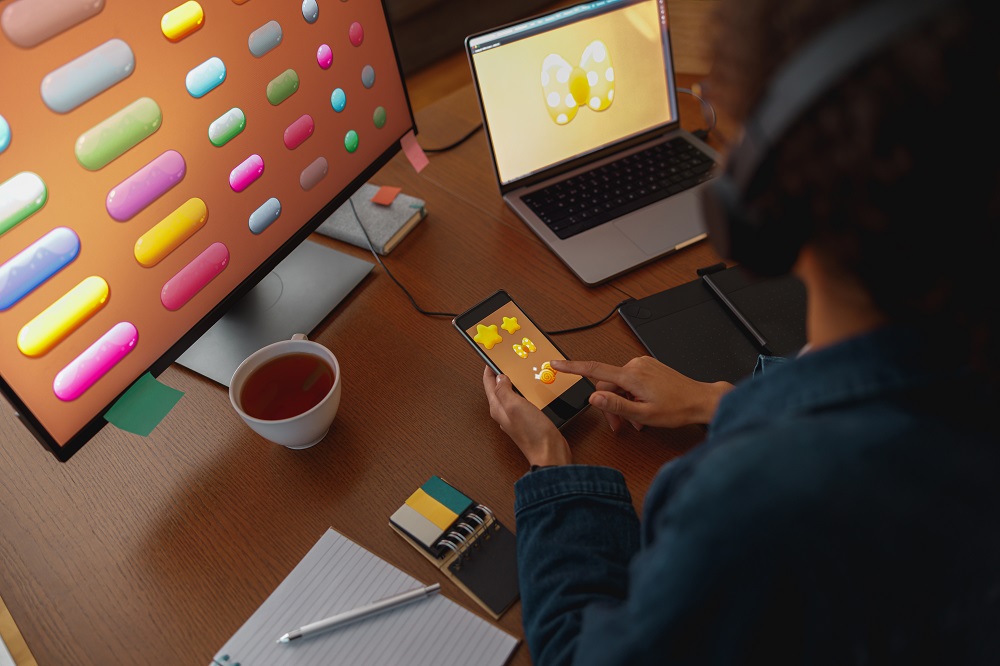You just got a cashback on your favorite shopping app. But instead of a plain old notification, coins drop into the wallet icon. Here’s another one: you like a social media post, and the heart icon springs to life, confirming your action. These may seem like small details, but these tiny details create a moment of delight that keeps you coming back for more.
That’s the magic of microinteractions—small, purposeful animations or responses that enhance the way users experience your product. While they may seem minor, microinteractions play a huge role in keeping users engaged, satisfied, and loyal. How? Let me give you a quick tour of this fascinating detail in the world of UI/UX design.
In this blog, we’ll explore what microinteractions are, how they’ve evolved, and why they’re so essential for digital products today. We’ll also uncover the psychology behind their impact, and give you actionable tips for designing microinteractions that make a real difference.
What Are Microinteractions?

Microinteractions are the tiny moments in a user interface that provide feedback, guide actions, or create a sense of connection. Simply put, they’re the details that make digital products feel human.
Search bars that expand when clicked.
A progress bar that fills as a file uploads.
Toggle switches that flip smoothly, mimicking their real-world action.
Though they’re subtle, these moments are packed with purpose—they guide users, confirm their actions, and add personality to your product.
Here are a few familiar examples:
Instagram’s Heart Animation
Every time you double-tap to like a post, the heart animation creates a sense of satisfaction and connection.
Duolingo’s Feedback Animations
Correct answers light up with playful animations, while wrong answers get a subtle shake, to keep learners motivated.
Slack’s Loading Screens
Slack uses witty microcopy and animations on its loading screens to turn wait times more fun and bearable..
Google’s “I’m Feeling Lucky” Button
When you hover over the button, it responds with a fun tooltip animation. This shows attention to detail even in secondary interactions.
The Evolution of Microinteractions

Microinteractions have been around longer than you might think. Their origins can be traced back to the early days of user interface design. They became more prominent in the late 2000s as designers began focusing on user experience.
The rise of touchscreens and mobile-first design in the 2010s brought microinteractions to the forefront. Designers realized that small, dynamic feedback—like a button changing color when tapped—could make interfaces more intuitive and engaging.
Today, microinteractions are essential in UI/UX design. From social media apps like Instagram to tools like Slack and Trello, they’re everywhere, subtly working to improve user experiences.
The Psychology Behind Microinteractions

Why do microinteractions work so well? It comes down to psychology. Let’s take a look at how they influence user behavior:
Positive Reinforcement
Microinteractions reward users with visual or haptic feedback that makes them feel accomplished.
For Example: When you complete a task in a productivity app, a celebratory animation or checkmark boosts your sense of achievement.
Emotional Connection
A cleverly designed microinteraction can evoke delight and help users feel more connected to your brand.
For Example: The clap animation on Medium when you applaud a writer creates a moment of joy.
Reduced Cognitive Load
By providing instant feedback, microinteractions eliminate uncertainty and make interfaces easier to use.
For Example: A password strength indicator helps users know if their password meets security requirements.
Microinteractions tap into our desire for feedback, clarity, and connection—all of which contribute to a better user experience.
The Proven Impact of Microinteractions

The importance of microinteractions isn’t just anecdotal—there’s data to back it up.
Key Stats and Findings:
Users stay longer: According to a study by Nielsen Norman Group, well-designed animations, including microinteractions, can increase the time users spend on a website by up to 9%.
Increased conversions: A case study by Airbnb revealed that adding subtle hover animations to clickable elements improved click-through rates by 15%.
Better user retention: Research from App Annie shows that apps with engaging microinteractions have 20% higher retention rates than those without.
These numbers highlight how microinteractions directly contribute to user satisfaction and loyalty.
Designing Microinteractions: Best Practices

Want to create microinteractions that make an impact? Keep these tips in mind:
Make Them Purposeful
Every microinteraction should have a clear function—whether it’s guiding users, confirming actions, or adding a touch of delight.
Keep Them Subtle
Avoid over-the-top animations that distract from the user’s task. Small and smooth movements work best.
Focus on Timing
Animations should be quick—typically between 200–500ms—to keep interactions fluid and responsive.
Maintain Consistency
Ensure all interactions follow a cohesive style, matching the overall design language of your product.
Test with Users
What seems fun to you might feel annoying to your audience. Test microinteractions with real users to refine their impact.
Common Mistakes to Avoid

Overloading with Animations
Too many animations overwhelm users and can slow down performance.
Example: A shopping app with animated transitions for every action might feel cluttered and frustrating.
Ignoring Accessibility
Designing microinteractions that rely only on visual cues can alienate users with disabilities.
Example: Use haptic feedback or audio cues alongside animations for a more inclusive experience.
Sacrificing Speed for Style
Animations that take too long to play can frustrate users. Ensure your animations are quick and responsive.
Tools for Designing Microinteractions

Figma: For creating interactive prototypes with microanimations.
Lottie: For implementing lightweight animations into web and mobile apps.
Framer: For designing and testing advanced microinteractions.
Principle: For detailed animation design.
Microinteractions may be small, but their impact is massive. They create moments of joy, guide users effortlessly, and keep them coming back for more. Whether it’s a playful animation or subtle feedback, these tiny details can make a world of difference in how users experience your product.
At Tentackles, we specialize in designing digital experiences that stand out. From intuitive interfaces to delightful microinteractions, we’re here to help you create products that engage and retain users. Let’s work together to make your product unforgettable—one microinteraction at a time.



